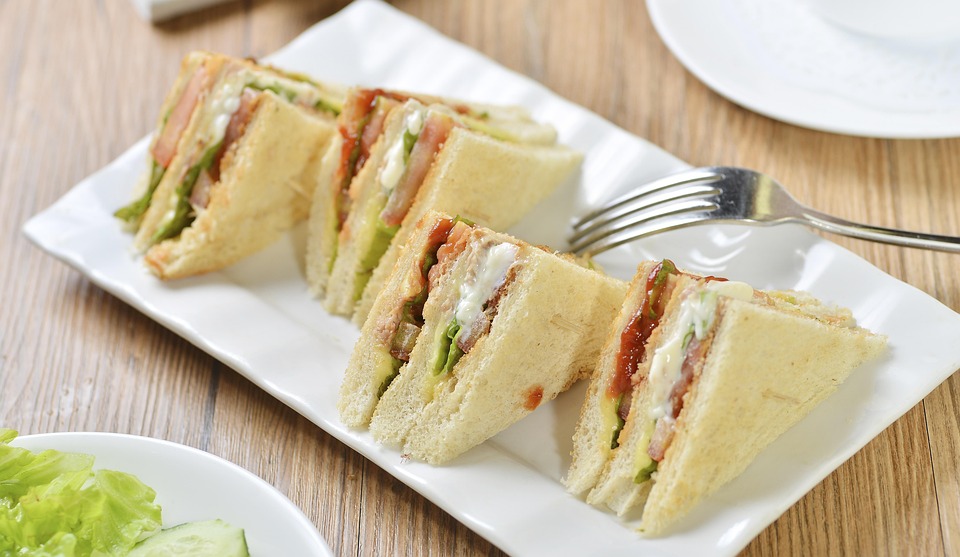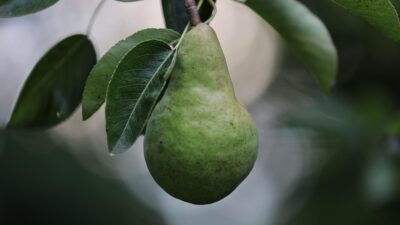In recent years, food photography has transcended mere documentation of meals; it has become an art form that infuses our culinary experiences with visual delight. Whether you’re a professional photographer, a food blogger, or simply someone who loves to capture the beauty of food, understanding the best techniques in food photography can elevate your images and make your culinary creations truly irresistible. Here’s a guide to mastering the art of food photography.
1. Lighting is Key
Natural light is often considered the holy grail of food photography. Position your setup near a window to take advantage of soft, diffused sunlight. Avoid harsh midday sun, which can cast unflattering shadows. Instead, opt for early morning or late afternoon light.
- Tip: Use sheer curtains to diffuse direct sunlight, or bounce light with white surfaces to fill in shadows.
For indoor shoots or low-light situations, consider investing in a continuous light system or softboxes to control your lighting environment.
2. Composition Matters
Composition refers to how elements are arranged in your frame. A well-composed image can draw attention to the food while creating visual interest. Here are a few composition tips:
- Rule of Thirds: Divide your frame into a tic-tac-toe grid. Place the most important elements along these lines or at their intersections for a balanced composition.
- Leading Lines: Use elements in the scene to lead the viewer’s eye towards the main subject. This could be a fork, a piece of bread, or even a sauce drizzling down.
- Negative Space: Don’t be afraid to leave areas of the image empty. Negative space can make the food stand out and create a sense of simplicity.
Experiment with different angles (overhead, side, or at a 45-degree angle) to find the best perspective for the dish you’re photographing.
3. Choose the Right Props and Backgrounds
Props add context and storytelling to your shots. Select backgrounds and props that complement the food without overshadowing it. Here are some ideas:
- Textures: Use textured surfaces like wood, marble, or cloth to add depth.
- Color Palette: Match the color palette of your background and props to enhance the food’s colors. For instance, earthy tones work well with rustic dishes while bright colors can energize a vibrant meal.
- Dishware: Choose plates, bowls, and utensils that harmonize with the food. White dishes often work best to emphasize color, while decorative plates can enhance the context of the cuisine.
4. Play with Depth of Field
Depth of field refers to how much of the scene is in focus. A shallow depth of field (achieved by using a larger aperture) will blur the background, drawing attention to the food.
- Tip: Experiment with different apertures to find the sweet spot that sharpens your subject while creating a pleasing bokeh in the background.
5. Focus on Texture and Detail
Food is all about texture and flavor, and your photography should capture these elements. Close-ups can be particularly effective for highlighting the delicious details like the glossy surface of a chocolate glaze or the mottled skin of a ripe tomato.
- Tip: Use a macro lens to capture intricate details and textures that make the food come alive.
6. Incorporate Movement and Action
Static images can sometimes feel lifeless. Incorporating movement can add a dynamic quality to your food photography. Pouring sauce, sprinkling herbs, or even capturing someone taking a bite can inject life into your images.
- Tip: Use a fast shutter speed to freeze the action, or experiment with longer exposures for a more artistic effect.
7. Editing and Post-Processing
Post-processing is an essential step in the food photography workflow. Use editing software to adjust exposure, contrast, and saturation to ensure colors pop.
- Tip: Be careful not to over-edit; aim for an authentic representation of the food. Subtle enhancements can often yield the best results.
8. Tell a Story
Beyond aesthetics, effective food photography tells a story. Consider the narrative you want to convey—whether it’s a casual family dinner, a gourmet meal, or a seasonal dish. Your composition, props, and lighting should work together to evoke the desired atmosphere.
Conclusion
Food photography is as much about technique as it is about creativity. By mastering these key techniques—from lighting and composition to depth of field and post-processing—you’ll be well on your way to creating stunning visual representations of your culinary endeavors. Remember, practice makes perfect, and the more you shoot, the more you’ll develop your unique style. So grab your camera, plate up some deliciousness, and start capturing a feast for the eyes!



